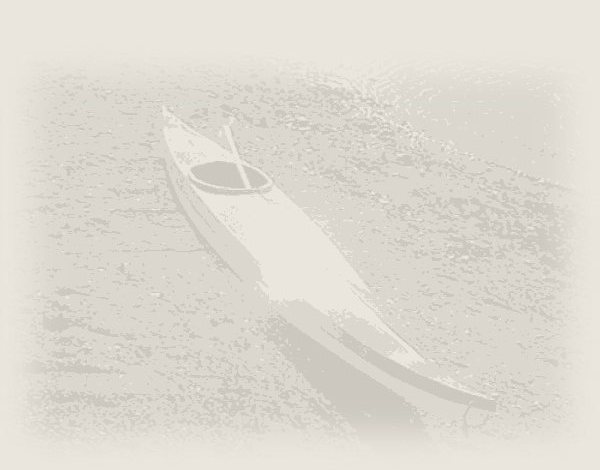Cutting and planing the strips - Pictures

|
Here are three samples (left to right): timbo (of the dark lot),
timbo (of the lighter boards) and kiri (another local wood - even
though not as resistant, it's even cheaper. Maybe I'll include some
kiri on the deck for and 'artistic' touch)

|
|

|
Another view. Note that it's important to apply a coat of varnish,
as the color changes markedly. Without the varnish, the timbo colors
are very similar. Also check the color under different light angles.

|

|
|
The strips, cut from the original boards... I bought raw 1" thick
boards, because the planed boards I saw in the store was of worse
quality, and I didn't like the idea of having lost the extra
thickness and still having to plane it down (and the extra cost).
Maybe it wasn't my happiest decision.
I cut the boards into strips at home, as I couldn't live with the
4 mm wide disk saws at the shop either. I used a 1.2 mm wide
7 1/4" disk and was able to obtain at least 25% more strips from
each board.

|
|

|
While cutting, I realized I bought boards of two distinct colors.
If you want a nice and even surface, be sure to select baords more
critically! As it is, I separated the lighter ones, which I'll use
on the deck. They seem to have a finer texture too.

|

|
|
If the amount of strips necessary in the above images didn't impress
you... Here are only the 80 dark strips (about 3/4 of the total of
100+ strips necessary for the kayak)

|
|

|
To keep fingers away from the bit, but still press the strips to the
guides, I added these feather guides, made from scrap MDF wood.

|

|
|
Another view. I decided to plane down the width of the strips till most
had a nice side finish. Those which still needed more planing, I
separated to make a narrower batch for more severe curves of the hull.
That way, I obtained a large batch of 21 mm wide strips, another
gain of 1.5 mm compared to shop-planed boards. (Hey, that's 10 %!)

|
|

|
After just 10-15 strips, a lot of wood piles up! It's necessary
to clean up regularly, else these particles will push the strips
away from the guide and make them narrower, or even block the passage.

|

|
|
... more. Some strips tend to chip easily (the larger particles) and
even split up. Those, I'll
add them to the 'narrow strips' pile.
If you didn't scare from the above, do consider buying a quality
bit for the router. A 'high-speed steel' bit didn't survive just one
pass of the 300m of timbo strips!

|
Continue with cutting the 'cove and bead'.
|
(c) John Coppens ON6JC/LW3HAZ |
mail |


